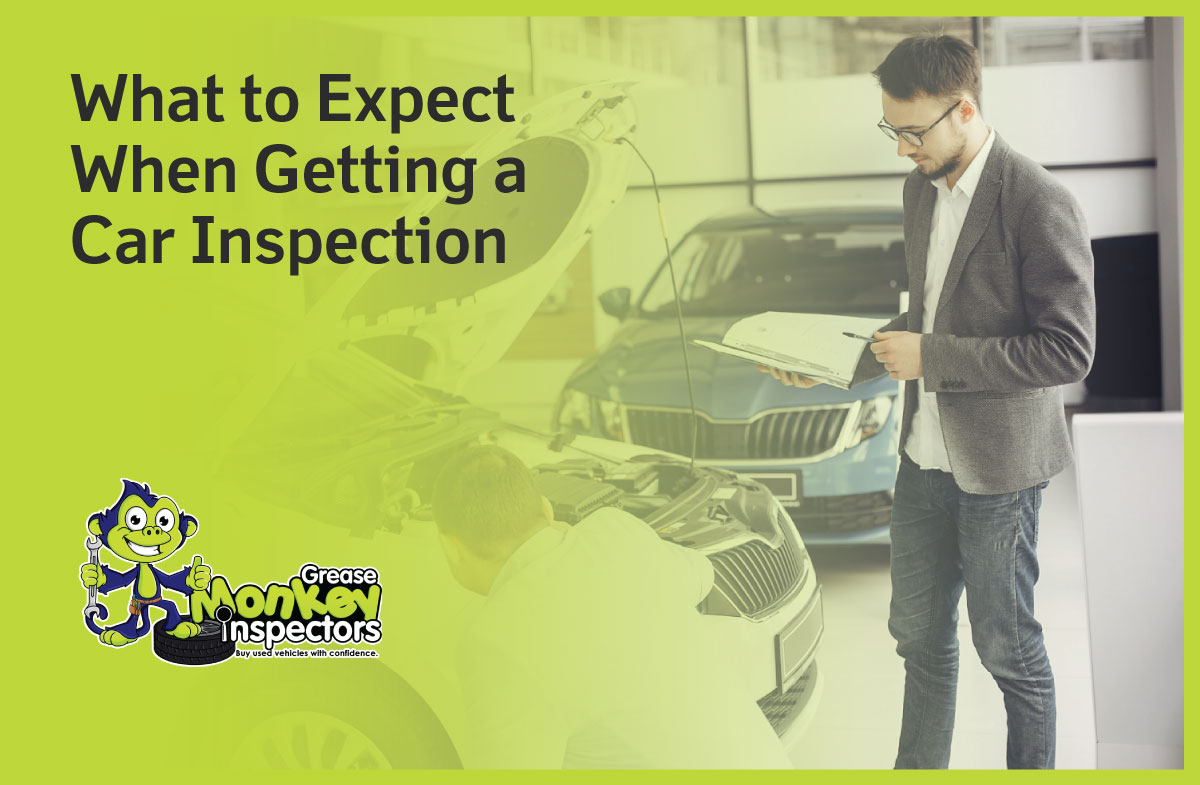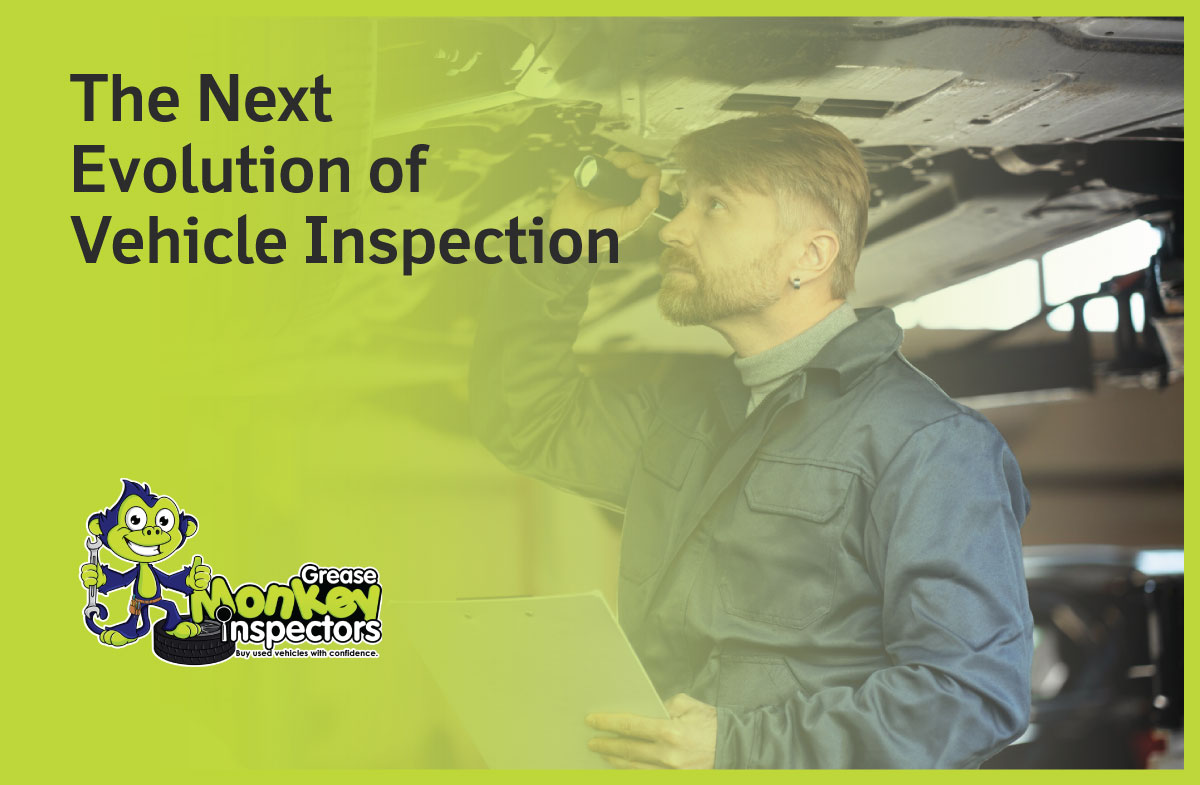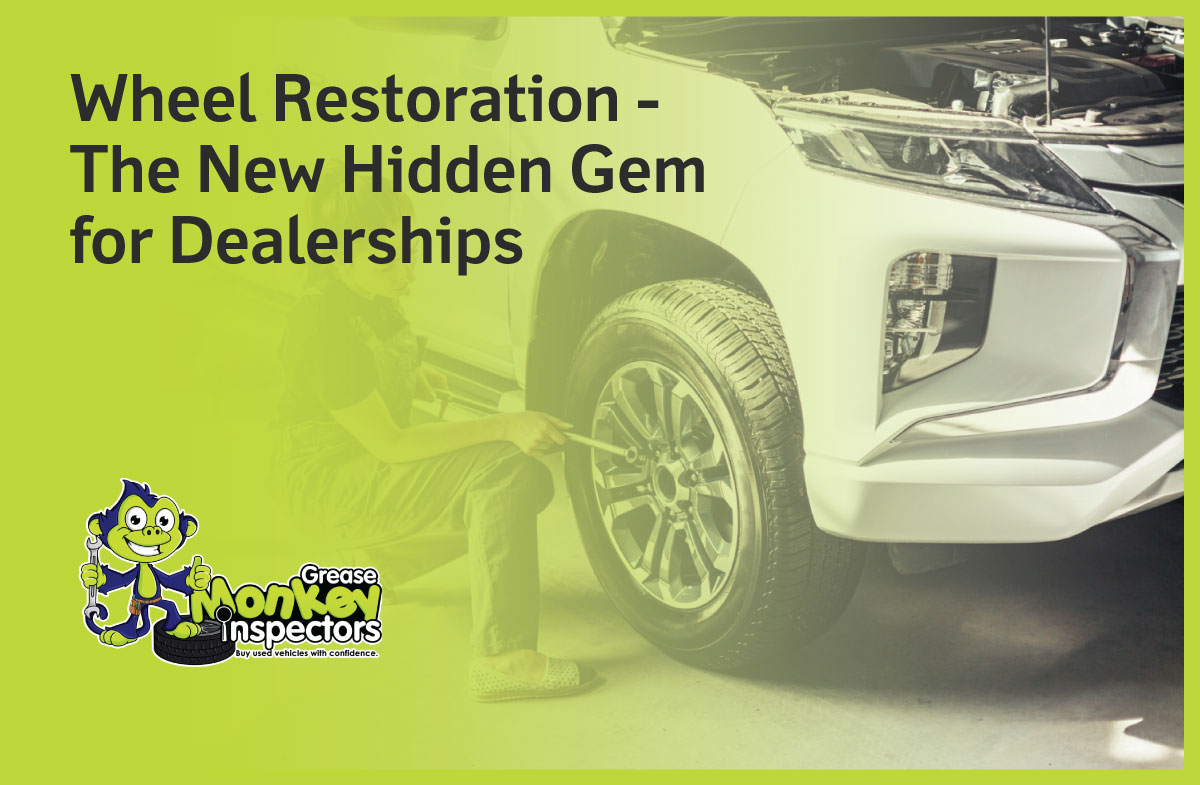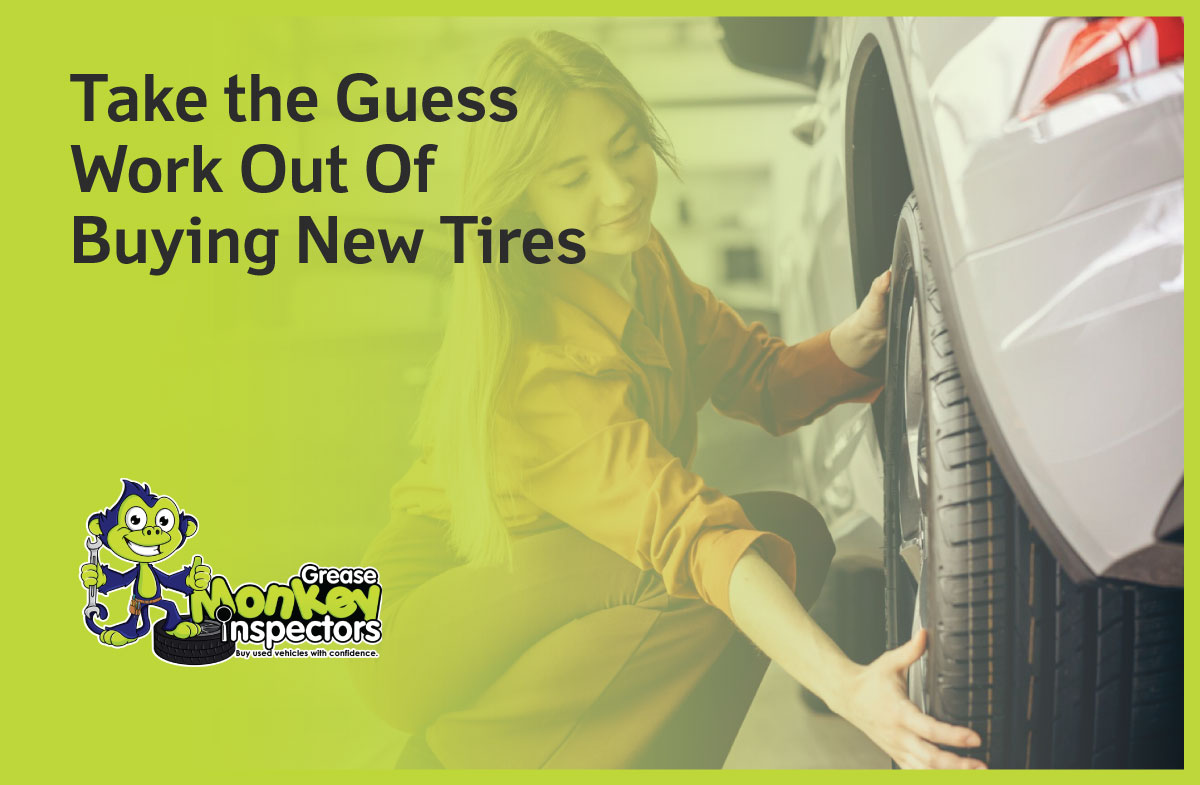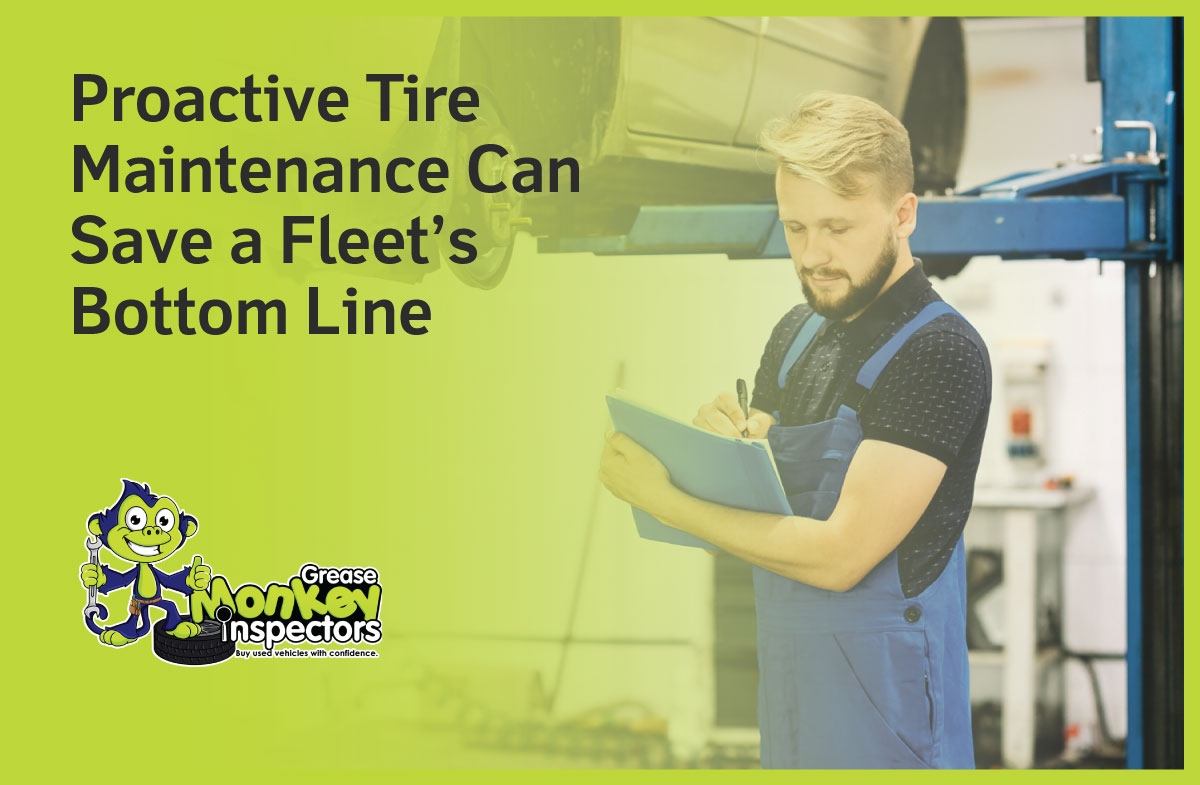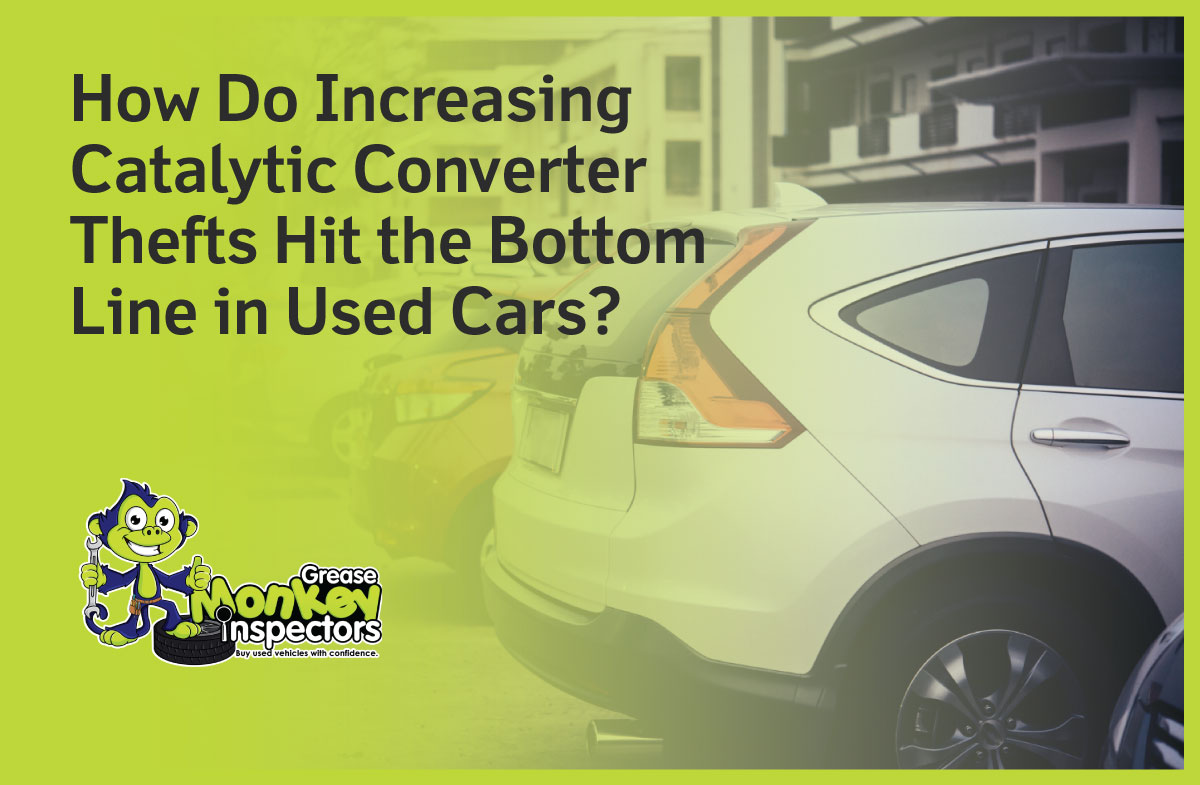When buying a used vehicle, a Car Inspection is a critical step in ensuring the car is in good condition before making the purchase. At Greasemonkey Inspectors, we provide pre-purchase vehicle inspections onsite in Ontario and across Canada, complete with a comprehensive history report. Here’s what you can expect during the process.
Safety Inspections
Safety inspections focus on whether the vehicle is safe to drive. Our team at Greasemonkey Inspectors checks vital parts like brakes, turn signals, and seat belts. These inspections ensure the car meets safety standards for Ontario and Canada roads, protecting you and other drivers.
Emission Inspections
In some regions, vehicles must meet specific emission standards to minimize pollution. During the inspection, we examine the car’s emissions systems, particularly around the catalytic converter. While Car Inspection in Ontario may not always require an emission test, it’s vital to verify the vehicle’s environmental compliance if you’re purchasing from areas with stricter regulations. A thorough Car Inspection in Canada will check for these standards, especially for vehicles with higher mileage or age.
Why You Need a Car Inspection
A Car Inspection is essential to avoid costly repairs down the road. Whether it’s for safety or emissions, identifying potential issues early can save you from buying a vehicle that might fail future inspections. In Ontario and Canada, failing a car inspection can make the vehicle illegal to drive, so staying proactive is critical. Our team at Greasemonkey Inspectors provides a detailed report with every pre-purchase vehicle inspection, ensuring you have all the information you need to make a confident decision.
Schedule Your Car Inspection Today
For peace of mind and a smooth car-buying experience, schedule your Car Inspection with Greasemonkey Inspectors. We offer convenient onsite inspections and deliver a history report to help you avoid potential problems. Check out our Inspection Packages to learn more about our services.

